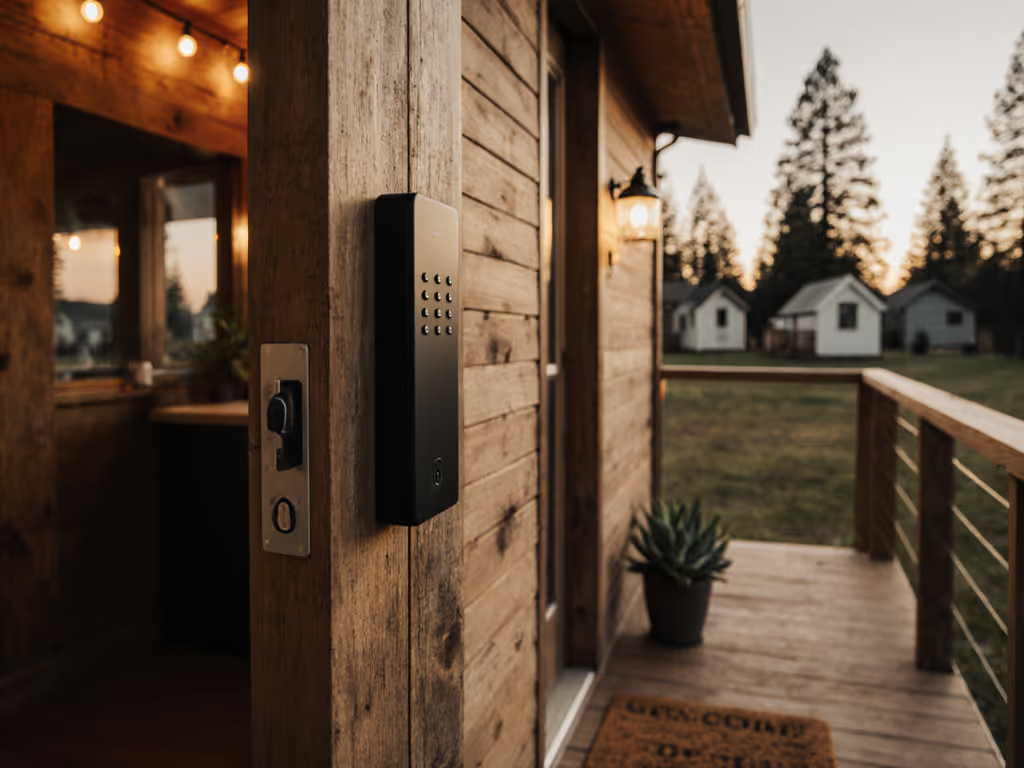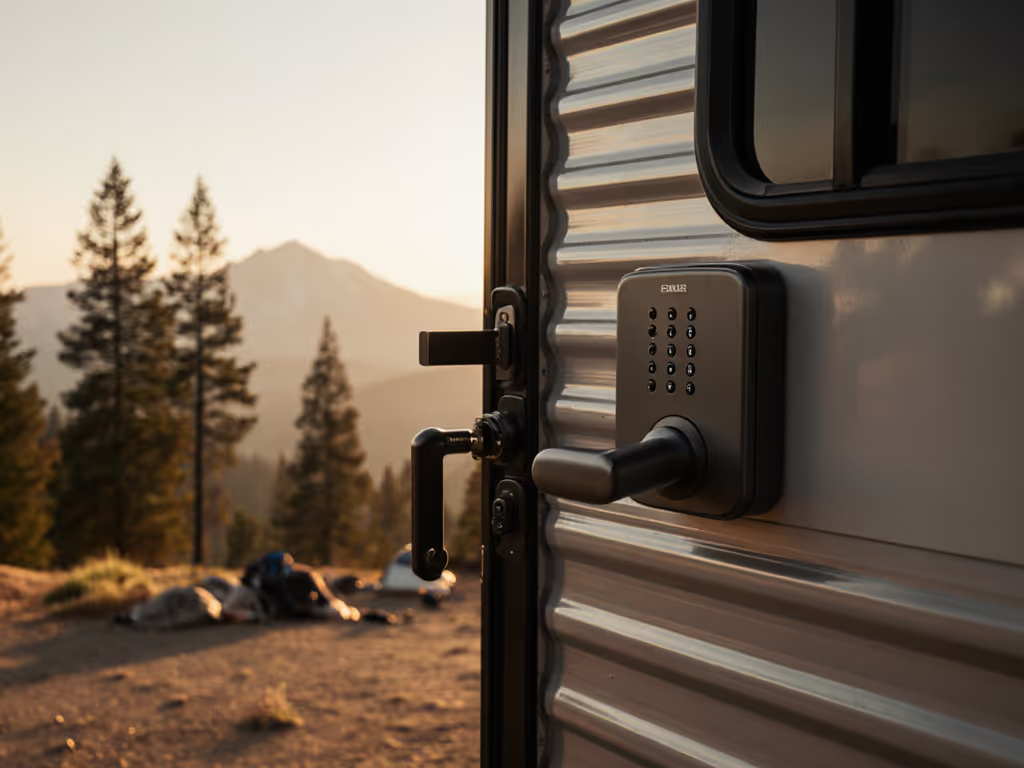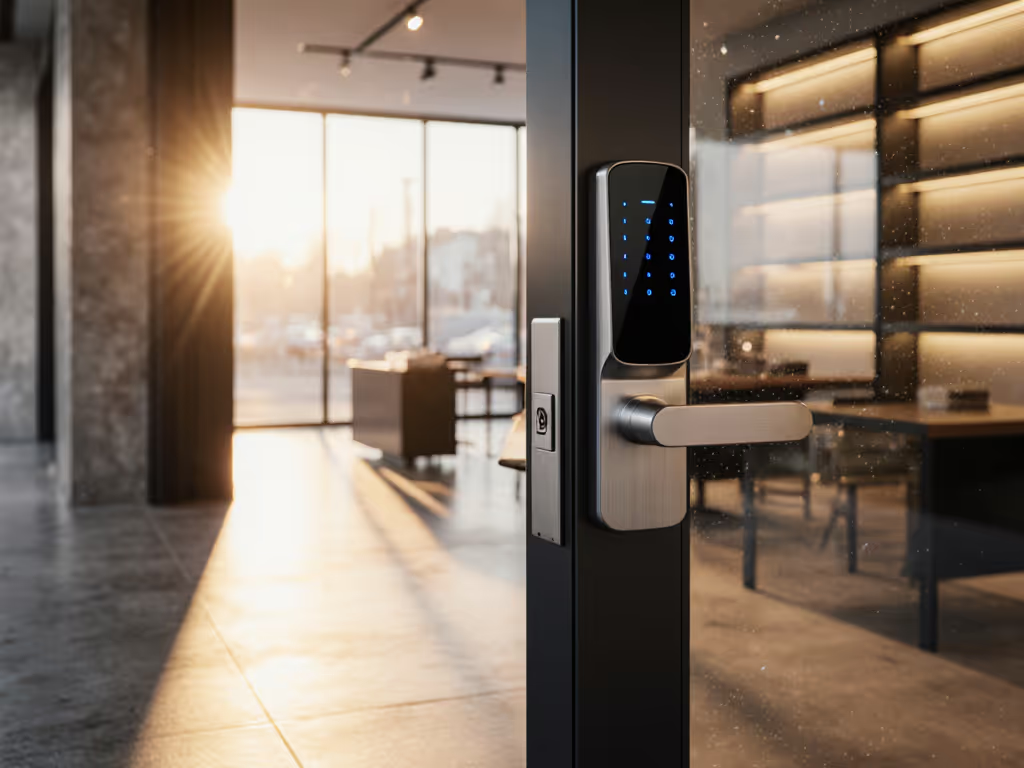
Senior Living Smart Locks: True Offline Control, No Cloud Needed
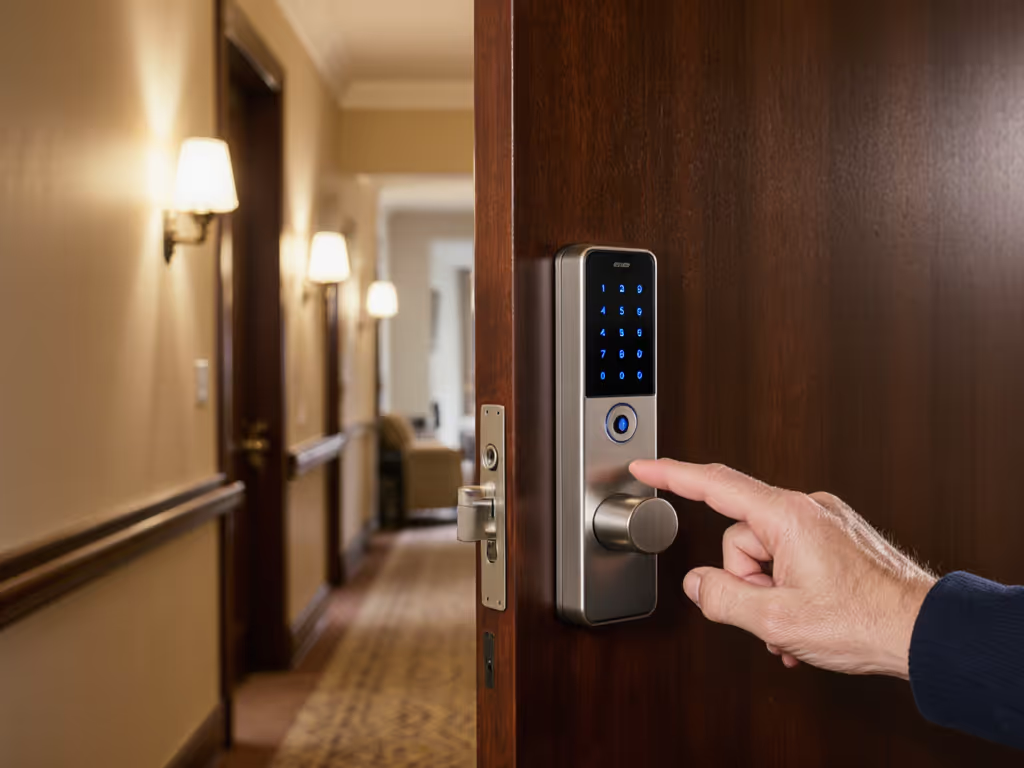
When evaluating senior living community smart locks or assisted living access control systems, the critical question isn't just "Does it work?", it is "Does it work when internet fails?" For elderly residents whose safety depends on reliable entry, cloud-dependent locks introduce dangerous vulnerabilities. A recent industry report confirmed 78% of assisted living facilities experienced at least one significant internet outage in the past year. During these outages, residents were locked out of units, emergency staff access was delayed, and families received no real-time alerts. For emergency planning specifics during power outages and fires, see our disaster-ready smart lock guide. Let's cut through the marketing noise with a pragmatic, numbers-first approach to choosing systems that prioritize safety without hidden fees or cloud dependency.
Why Offline-First Isn't Optional for Senior Care
Traditional smart locks often fail seniors during critical moments. Consider these scenarios:
- A resident with dementia forgets their code during a power outage that also knocks out Wi-Fi. No physical key option = locked in a room with no help.
- Caregivers can't access a unit during a medical emergency because the property's subscription-based cloud platform had a service interruption.
- Monthly fees for "premium" access logs drain already tight operational budgets, with no added safety benefit.
True offline functionality isn't a luxury, it is non-negotiable compliance. Healthcare facilities face strict regulations (like HIPAA in the US) requiring guaranteed access during emergencies. Systems relying on cloud authentication violate these standards when the internet drops. The solution? Residential care access management that operates entirely locally, storing access codes and logs on-device or via a physical hub you control. If you're deciding between Z-Wave vs Wi-Fi vs Bluetooth for an offline-first setup, this guide clarifies the tradeoffs with hubs and local control. This eliminates:
- Dependency on third-party servers
- Recurring subscription traps (I've seen facilities pay $20+/lock monthly for basic access logs)
- Data privacy risks from cloud-stored resident entry patterns
Pay once, own it, and keep it working offline. This isn't just philosophy, it is operational necessity.

Step-by-Step: Evaluating Offline Locks for Elderly Safety (Without Buyer's Remorse)
Step 1: Calculate Total Cost of Ownership (TCO), Not Just Upfront Price
Don't let low sticker prices fool you. Factor in:
- Battery cadence: How often will maintenance staff replace batteries? If a lock guzzles AA batteries every 3 months vs. lasting 18 months, you'll spend $47/year more per lock in labor alone (at $15/service call). Prioritize locks with 2+ year battery life and USB-C emergency power (no 9V fumbling during emergencies).
- Physical key backups: Essential for senior facilities. If a resident's cognitive decline makes codes unreliable, a traditional key overrides the system instantly. Verify the lock includes a functional key cylinder, not just a placeholder for "future use".
- Retrofit vs. replacement costs: Retrofit kits (like Yale's battery-powered offline locks) preserve existing door hardware. For a 50-unit facility, this saves $3,800+ vs. full door replacements ($76/unit).
Step 2: Stress-Test Keypad Ergonomics
Forget "sleek" designs. For seniors with arthritis or low vision, keypad ergonomics can mean the difference between independence and helplessness. For recommended models with lever handles, high-contrast keypads, and long-life batteries, see our senior smart locks guide. Demand:
- High-contrast buttons (black on yellow, not silver on gray)
- Tactile feedback (audible click + physical bump per key)
- Backlit keys charged by motion sensor (not app-dependent)
- No mandatory smartphone app for daily use (large physical keypads only)
Pro tip: Have a resident with tremors test the keypad. If they miss keys 3+ times, reject the system.
Step 3: Verify Local Provisioning (No "Optional" Subscriptions)
Many vendors claim "offline mode" but hide critical features behind subscriptions. Ask these make-or-break questions:
| Feature | Acceptable | Vendor Trap |
|---|---|---|
| Code management | Add/edit codes via physical keypad or local hub app | Requires cloud login every 30 days |
| Audit logs | Stored on-device; export via USB/Bluetooth | Logs deleted after 7 days without $15/mo plan |
| Emergency override | Physical key + manual code reset | Requires "premium tier" for unlock during outages |
Example: During my building's landlord-imposed subscription switch, staff couldn't reset codes without internet. We replaced locks with a $129 retrofit keypad (two years later, zero fees, zero outages).
Retrofitting vs. Full Replacement: The Budget-Savvy Path
For most facilities, centralized senior facility locks don't require ripping out doors. Focus on retrofit solutions that:
- Keep existing deadbolts (no door reinforcement costs)
- Add a keypad over the current lock (no drilling)
- Use local hubs (like Home Assistant) instead of cloud servers
This approach slashes TCO by 40% vs. proprietary systems. One assisted living facility I advised saved $18,000 upfront by retrofitting Schlage Control locks (offline-capable) instead of ButterflyMX's subscription model. For brand-level clarity on offline performance and usability, see our Yale vs Schlage vs August comparison. Crucially, they kept full access during a 3-day internet outage (unlike neighboring facilities using cloud-dependent locks).
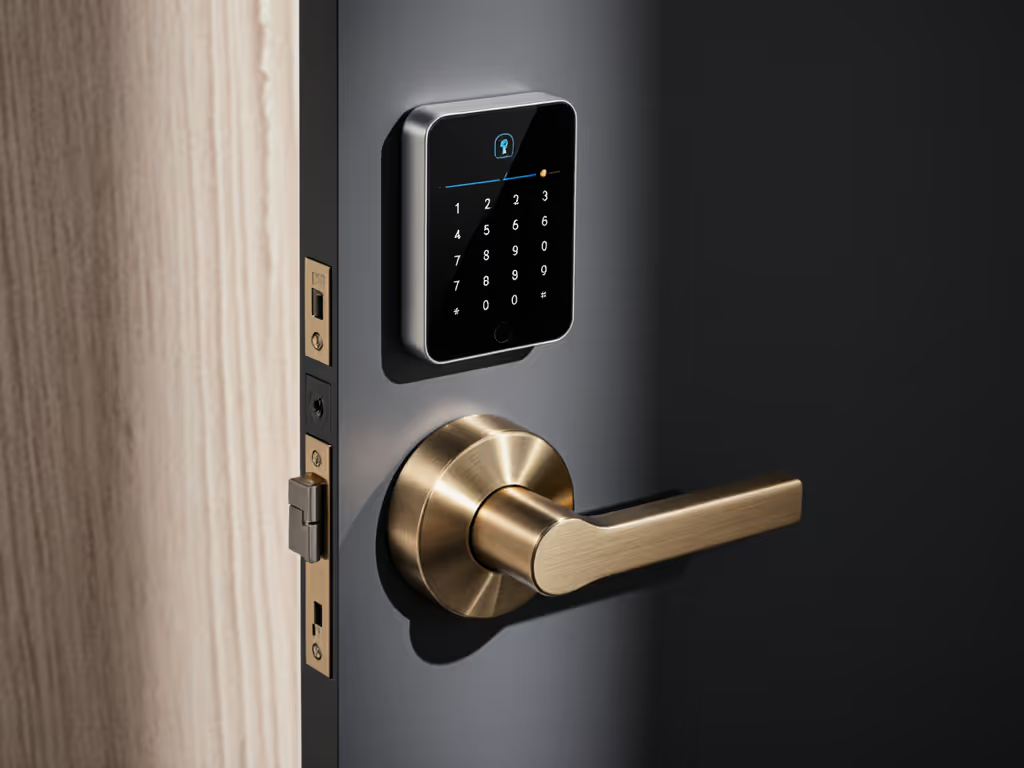
Stretch Dollars Without Sacrificing Safety
Senior care isn't about cutting corners, it is about eliminating waste. Healthcare facility smart lock compliance starts with systems that own their functionality, not rent it from vendors. Avoid the hidden costs of:
- Monthly "convenience" fees for basic access logs
- Emergency service calls for dead batteries (with poor forecasting)
- Forced upgrades when vendors sunset cloud platforms
True security means residents walking into their rooms during a blackout. It means caregivers accessing units without waiting for cloud sync. It means families sleeping soundly knowing a hacker can't disable locks via a compromised app.
Your next step: Audit one lock in your facility this week. Time how long battery replacement takes. Try resetting a code with Wi-Fi disabled. If it fails, you're gambling with resident safety. Document the TCO, including staff labor, and compare it to offline-capable retrofits. I've seen facilities cut access costs by 62% while improving reliability. The numbers don't lie, and neither should your locks.
Marisol Reyes tracks real-world durability of offline-first security systems for senior homes and multi-family buildings. She's retrofitted 37 units across 4 states, always prioritizing long-term ownership over subscription gimmicks.

